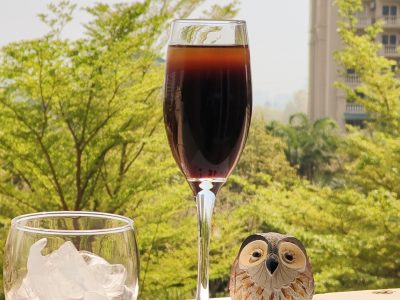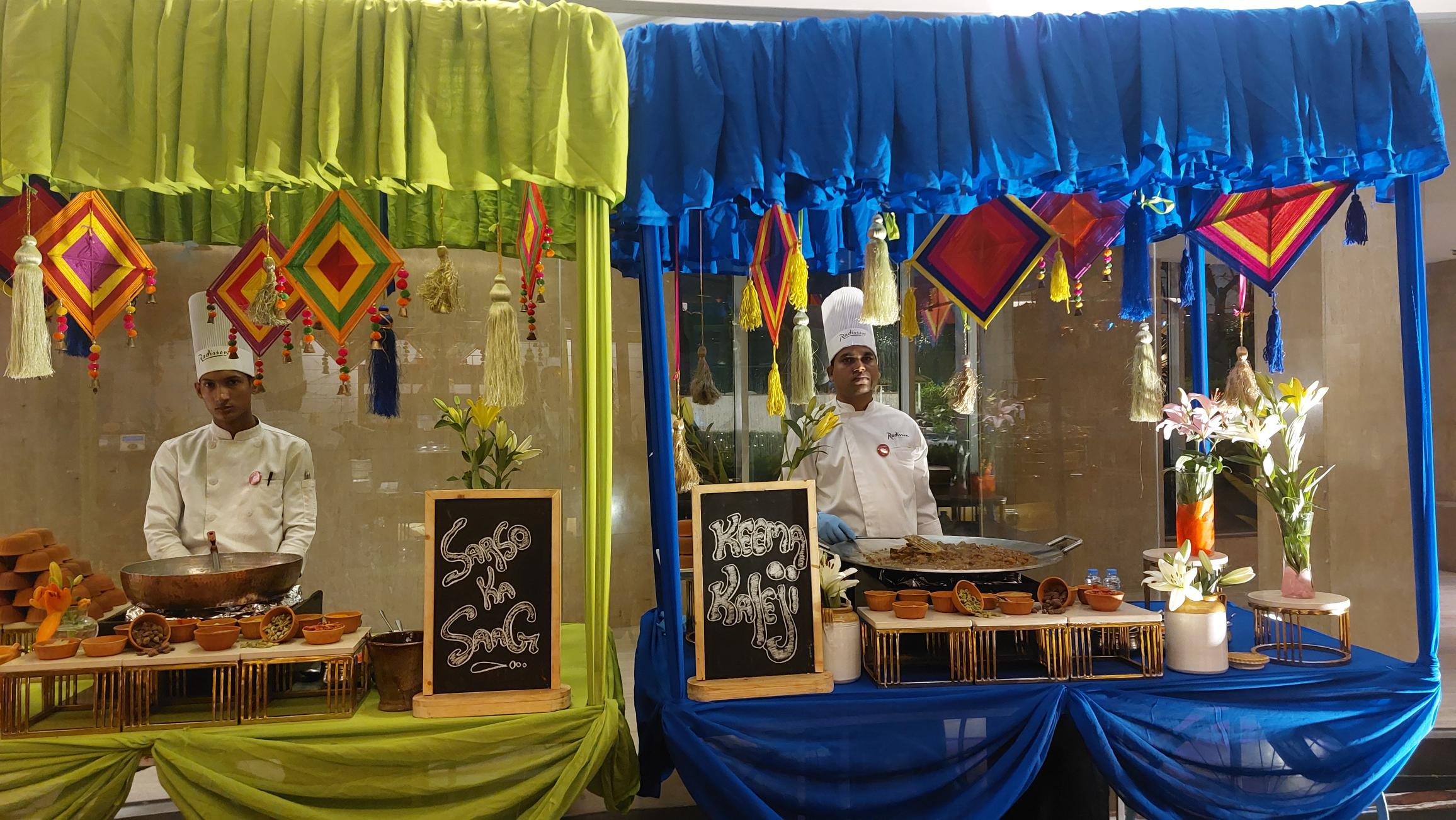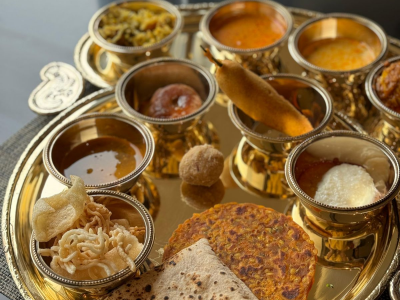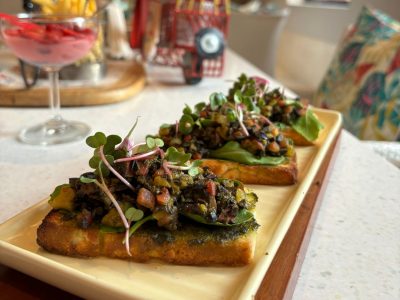The historic ties between India and Mauritius, combined with adventure sports and Nature’s beauty make a trip to Mauritius worthwhile
There was a time when the very mention of Mauritius would take you into an idyllic world replete with clear blue skies, aquamarine beaches, white sands and tropical greenery… “How about sunrises?” smiles our host as we stand on the rooftop of our Salt of Palmer hotel. Pointing towards the distant horizon, he adds, “The ones we offer are extraordinary.”
An early start just to witness this spectacle at daybreak is worth the experience as you get to watch not just the sky bathed in the rich glow of the golden orb, but also to enjoy the special sunrise salutations on the beach, complete with yoga, meditation and running enthusiasts joining in.
With such a positive start to our day, we are revved up to explore the island that the Dutch, soon after landing at the Grand Port in 1598, decided to name Mauritius, in honour of their Prince Maurice van Nassau. The French, who took over later, preferred calling it Isle de France, but the British who made it part of their colony, later decided to restore its original moniker: Mauritius.
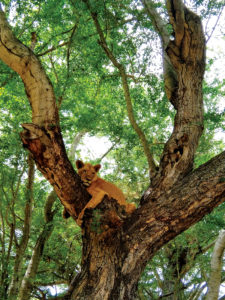
Right from the moment you step out of the Sir Seewoosagur Ramgoolam International Airport, it seems you’ve walked into another mini-India. Just for those not in the loop, the island’s India connect goes back to the 1830s when shiploads of workers were brought in – this was after the abolition of slavery in 1835 – to work as indentured labourers (“just another name for slavery” as a visitor says) in the sugarcane plantations. As we zip down the Mauritian countryside taking in the island’s palm-fringed coastal landscape, our driver Bernard tells us that ever since its independence in 1968, Mauritius has been an amalgam of cultures from different parts of the world. “The result is that most people are well-versed in four languages — English, French, Creole and Hindi,” he informs with a smile.
Hindi yes. And even Bhojpuri. As Bernard stops to let us admire a beautiful view of the Indian Ocean, I hop across to the other side of the road where a man is selling shaved ice shorbet on his cart. Awaiting their turn for this popular sweet drink are Nikhil and Karuna and they are quick to smile and strike a conversation. “From India?” they ask. I nod and ask them the same question. “Well, our ancestors were, but we’re Mauritian,” is their answer.
And this has been home for their families close to 200 years now. But they do go back once a year. “Whenever anyone’s getting married, we all go to Chandni Chowk to pick up lehengas and sarees,” says Karuna.
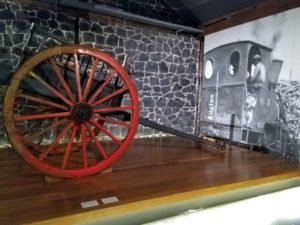
But there are many who’ve never been to the country of their origin. They don’t even know where exactly their ancestors came from. “But we feel the connect. We know that Modi has become the prime minister,” says Nikhee, whom I meet in the bustling maze of the Port Louis Market of Mauritius. His little shop here is part of the puja section that offers a variety of samagri for all kinds of religious ceremonies —dried coconuts, maulis, bhagwan ke vastra, plastic flowers for decoration and incense sticks.
“You should see the way Indian festivals are celebrated,” says the youngster. “While the grandest celebrations are reserved for Mahashivratri and Diwali — when it seems the whole town has come to a standstill, Holi, Ganesh Chaturthi and Durga Puja too are huge affairs,” he adds as his sister shows us the mehndi corner where ready-to-apply cones are available in this historical gem of Port Louis.
Happy that Indians are “once again coming here,” they suggest we start our Mauritian meanderings with the Aapravasi Ghat, now a UNESCO site, to pay homage to the first visitors who were brought into this country.
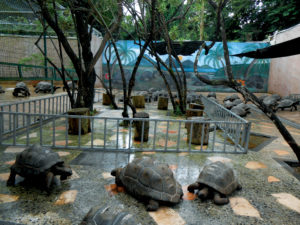
A hushed silence prevails as we walk towards the place that’s a poignant reminder of the time when over a million indentured labourers got off the ship after a long miserable journey to work in sugarcane fields for a salary of Rs 5 for men and Rs 4 for women, a blanket and some utensils. An entry is made in the company’s registers and they became indentured labourers for a period of five years.
Their story continues at the sugarcane museum, L’Aventure du Sucre, earlier a sugar factory building that not just takes us through the story of sugar but also highlights the conditions of the immigrants, many of whom spent all their lives here in Mauritius.
Set to explore the other delights of the island, we head towards the Casela World of Adventures that unveils a mysterious Jurassic Park-like world. Spread over 250 acres on the west coast of the country, it houses over 200 animals and 1,050 species of birds. It’s a delight watching antelopes, rhinos, zebras and even ostriches enjoying a comfortable existence in the wild. A little ahead, you climb a tall platform to come face to face with giraffes and even get a chance to feed them. Stretch your hand out with some oats cereal pellets and within seconds the goodies will disappear! “Giraffes have a voracious appetite and that is because they have four stomachs. They can eat up to 40 kg of leaves, shrubs and fruits in a single day,” informs their caretaker.
Driving into the interiors in a Jonga-like jeep takes us into the world of the big cats – huge enclosures that house lions, cheetahs and caracals. All these animals “are in touch with their natural instincts and not drugged to put on a show for tourists,” says their handler as we’re led inside for an interaction with a lion called Mambo. In between exclusive photo-ops, as we sit next to the majestic animal, and even pet him “with a firm hand and not with fingers lest he thinks you’re tickling him”, their handlers regale us with tales of how these big cats “believe in energy conservation – for they sleep for about 20-22 hours a day.”
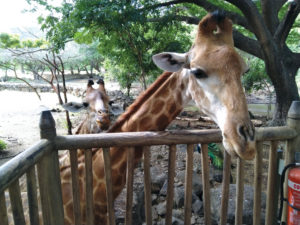
The La Vanille Crocodile Park unveils the world of reptiles – crocodiles and tortoises. While you watch the former from a safe distance, you’re allowed to get up, close and personal with the resident Aldabra and Radiata giant tortoises, some even 150 years old.
A visit to Mauritius is not complete without adventure sports and we’re up for some ziplining — the third longest in the world at 1.5 km — that lets us enjoy gorgeous views of the green forested valleys and waterfalls down below as we go zipping over them. Then we opt for a quad-bike experience that takes us past muddy banks, rivulets, rocky terrains of the rugged landscape and yes, also unveils the 23-hues of Mother Earth – all a result of volcanic eruptions millions of years ago.
Adrenaline junkies must not miss out on the sea karting experience in which you captain your own sea kart and once familiar with the basics, it allows you to speed up to 70 km per hour. But, of course, there’s an instructor boat that ensures you follow the rules and things remain in control.
The other not-to-be-missed sport is flyboarding at Flyn’Dive. Once you step onto the board, the force of the water jet underneath sends you soaring up in the air —making you feel as if you’re flying over the placid ocean surface…


